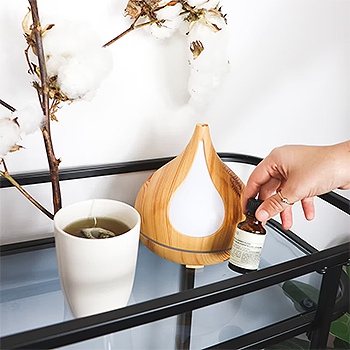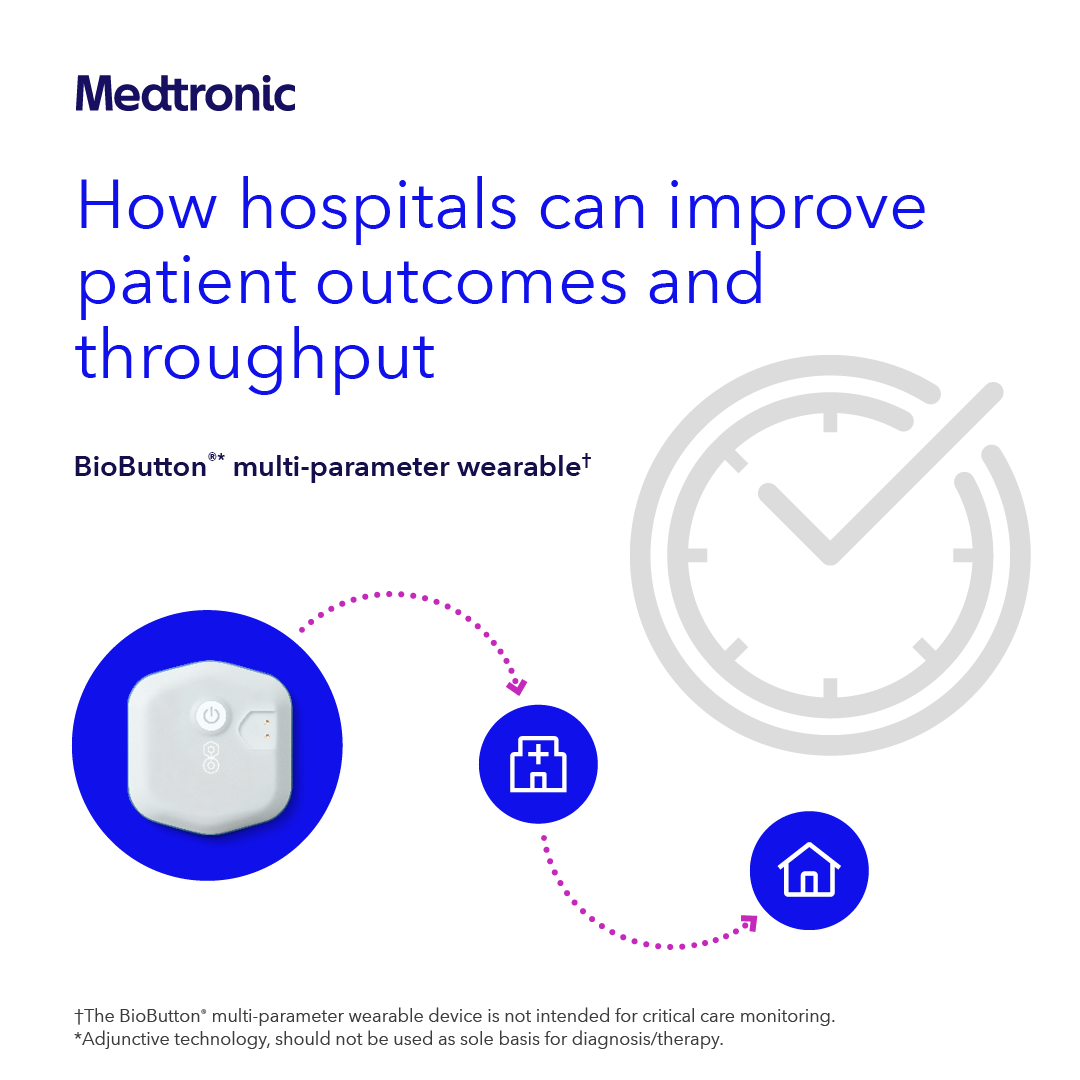The Art of Relaxation

“There is no one way to relax, there are countless ways, but you have to try several to know which of these works best for you.” ~Brian Luke Seaward
We live in a world where technology and fast paced living is the norm for most of us. We seem to thrive on having multiple tasks and demands and finding it hard to identify and maintain life/work balance.
So, in a quick snapshot of your own coping mechanisms and life balance, where do you fall in, your world to include not only work, but a harmony with all of your obligations and self care?
Past generations could not have imagined the high tech global environment of our world today, but they did recognize and know the importance of taking time to relax and be still, something that we have great oversight and failure to acknowledge today.
Indeed, learning to master the “art” of relaxation is a skill… creating the ability to “turn off” the negative input and incoming stressors and to replace it with positive and soothing sensations. We perceive our world through our five senses; sight, sound, smell, taste and touch.
These are the sensory portals by which stimuli and information enters the brain, and the mind then interprets this input into categories, sorting it to include action items, fearful or dangerous situations, or calm and soothing inputs. Just as information stimuli enters the brain for interpretation and action, these portals also can sort the input as relaxing or soothing and calm the mind and body.
 We perceive our world through sight, sound, smell, taste and touch. 70% of our sensory information is processed through our eyes. Another 20% through our ears and the remaining 10% by our other senses. So, one would think if we simply close our eyes that we could eliminate a large part of our stress. Conversely, it would seem logical that by blocking our ears, we could add to this stress reduction by plugging our ears.
We perceive our world through sight, sound, smell, taste and touch. 70% of our sensory information is processed through our eyes. Another 20% through our ears and the remaining 10% by our other senses. So, one would think if we simply close our eyes that we could eliminate a large part of our stress. Conversely, it would seem logical that by blocking our ears, we could add to this stress reduction by plugging our ears.
Fragrances are evaluated by what the beholder likes or does not. Many scents are pleasing to some and intolerable to others. 80% of taste is directly related to smell.
In fact, when we lose our smell, anything we taste may offer a different sensation than that when we have full use of our olfactory sense.
This is becoming even more pronounced for those who have contracted Covid-19 and lost either their smell, taste or both. Humans not only crave touch, but research has proven that without it, our health is compromised and diminished greatly. Without human contact babies fail to thrive.
Skin is the largest organ of our bodies, and stimulation of the skin activates the large nerve connectivity and can be pleasurable or painful, depending on the stimulus strength. So, let’s explore these senses a little more in depth to consider the possibilities of each in identifying and creating our personal path for relaxation and enhancing life balance.
Every technique for relaxation is a skill. Skills require practice and discipline to master. Just like learning to play an instrument, mastering a sport or learning a new language, each relaxation technique requires practice to conquer the learning curve.
Relaxation techniques come in many forms, and can be simple and cost effective, or they can be purchased and practiced in a community environment.
The key is to identify what works the best for you and how you can achieve the optimum work/life balance to provide you with the best life possible.
There is no ONE WAY to calm the mind, body and spirit. How you choose to find your relaxation is totally up to you. So, take a self inventory to look at what senses bring you the best result.
Normally one or two senses are all that you need to address to find your nirvana and a way to bring stillness to our hurried current lifestyles. And, as a bonus, nearly every relaxation technique is useful in decreasing the discomfort of chronic pain.
Physical exercise is a perfect antidote to most all stress, mental burnout, physical exhaustion, emotional stress and in helping a person to find inner peace (Seaward, 2021, p228). Failing to calm the body, mind and spirit can have potentially toxic effects, resulting in chronic illness and disease.
Just like with adequate sleep, when the body is not provided the opportunity to return to a state of rest, organs will receive the consequences of constant and unrelenting stress.
Some of the specific benefits of relaxation include:
- Decreased resting heart rate, blood pressure and respiratory work
- Decreased stress hormone production
- Decreased fatigue
- Decreased anxiety
- Decreased muscle tension
- Better sleep quality
- Better digestion
- Increased mental acuity and focus
- Increased self esteem,
- Increased sense of well being
- BALANCE!
So, how can YOU find a way to incorporate relaxation into your busy lifestyle? As stated earlier, relaxation styles and approaches are personal, but for all of us involve the way we perceive and interpret information coming into our energy field.
That being said, we need to also identify what brings us joy and what helps us to slow the spin in our lives… is it music, is it watching a movie, is it breathing in aromatherapy scents or is it
Taste of fine wine or cuisine? So, an easy exercise for identifying what you need in your relaxation survival kit is to list your ideas for relaxing through your five senses. List three ideas of things under each sense (sight, sound, smell, taste, touch) that bring you to sigh and relax.
Then, create your relaxation survival kit. Just like a first aid kit, be sure to replace any items that are used (like chocolate for taste relaxation, for example). Keep the kit in a convenient place (desk, locker, kitchen drawer).
Relaxation Techniques
Relaxation Techniques are practices to bring the body into it’s “relaxation response”. This is characterized by slowed breathing and heart rate, decrease in blood pressure, and a general feeling of reduced stress and tension.
Some examples of relaxation techniques include:
- Guided imagery (or visualization): picturing objects or places associated with relaxation and calmness (like a beach meditation)
- Breathing exercises: Focus on taking slower, deeper breaths
- Self Hypnosis: Learning to produce the relaxation response when prompted by a word or phrase
- Progressive Relaxation: tensing and relaxing different muscles in our body to release muscle tension
- Listening to Music: Focusing on music an rhythm that brings the relaxation response (pop for some, rap for others, very personal and never inflict your preference on others until you ask)
- Massage: touch that enhances muscle relaxation
- Prayer: a type of meditation
- Physical Activity: as little as a walk in nature or a structured class (yoga, aerobics, etc.)
- Surround yourself with calming colors: this can be a room décor or even just changing your clothing
- Crack a Smile: laughter is contagious and releases stress both physical and mentally
- Scent of Serenity: a favorite perfume or essential oils
Whatever you identify as your relaxation tools, remember to keep them close by and available.
The captain of your ship is YOU…make sure that the sip you command is complete, with a plan and process for incorporating relaxation into your work/life balance routine.
References
National Center for Complementary and Integrative Health (NCCIH). 2021. Relaxation Techniques: What You Need to Know.
Seaward, Brian Luke. 2021. Essentials of Managing Stress. Jones and Bartlett Learning. Burlington, MA
www.WrappedInACloud.com. 2021. Relaxation Techniques – Five Relaxation Techniques You Have Never Heard of.



